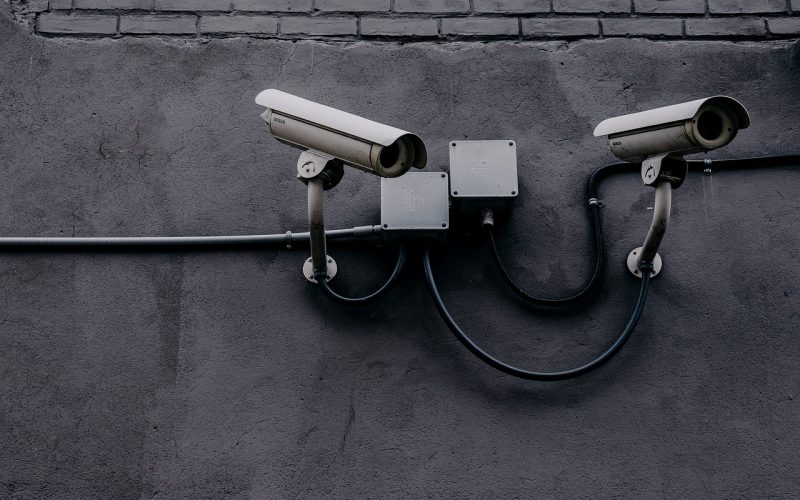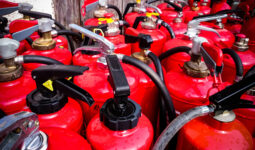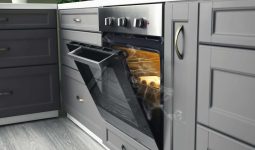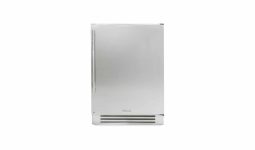CCTV surveillance is essential to maintain a safer and more peaceful lifestyle today. Different CCTV camera types might be very useful.
Cameras are everywhere, including your house, office, workplaces, workshops, educational institutions, hospitals, and housing societies.
You’ve seen enough of it, yet most of us have no idea how to choose the best option.
There are many different types of CCTV cameras on the market. Based on your demands and location, you should choose the best camera for your purposes.
There are a few fundamental questions you should ask yourself before you begin making plans to have a CCTV camera installed.
This will allow you to make an intelligent choice. Below is a list of the best different types of CCTV cameras.
1. C-mount Camera
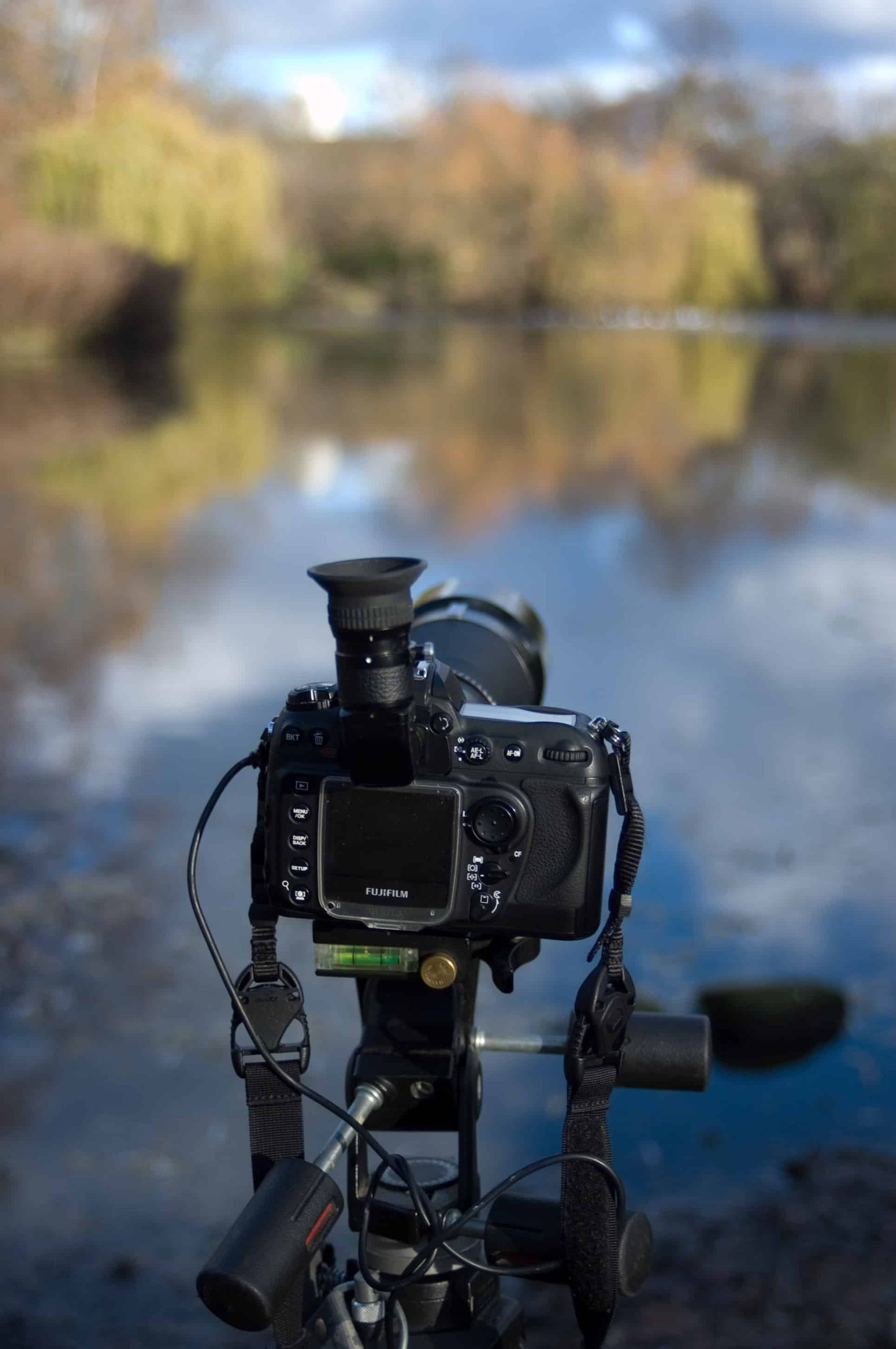
These cameras have a slight technological lead over others. Users may adjust the lens on the C-mount cameras to suit their requirements since it is removable.
For instance, normal CCTV camera lenses can only see 35 to 40 feet away.
Special lenses that can reach over 40 feet may be used with C-mount cameras.
2. Thermal Camera
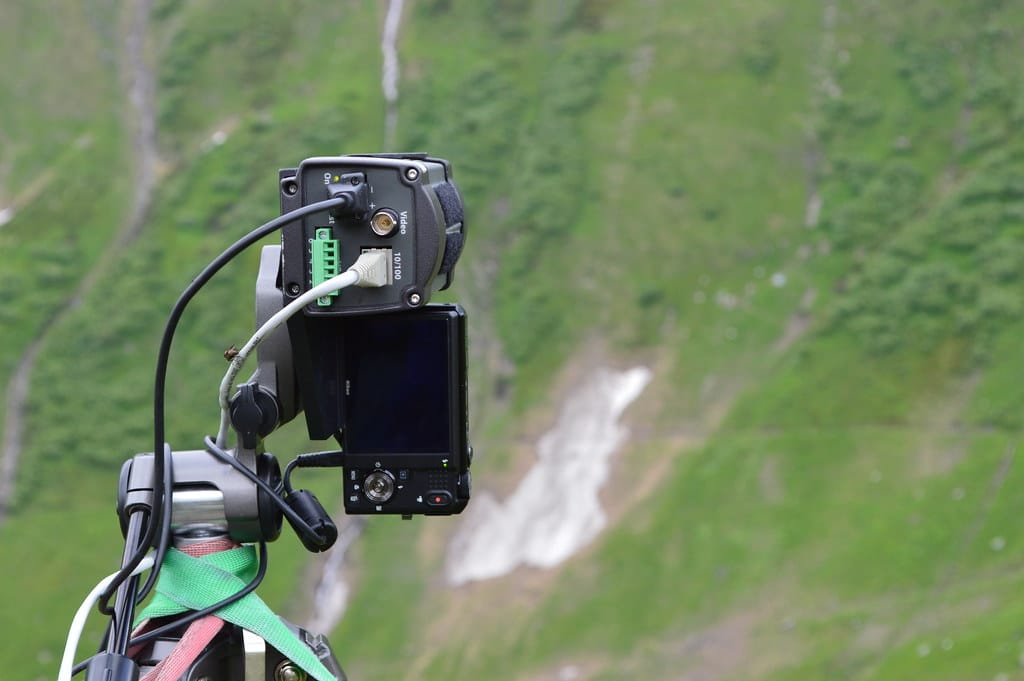
This is one of the different types of CCTV cameras that are becoming smarter due to technological breakthroughs.
You may now go beyond the obvious recording of images and videos by applying clever AI analytics.
Thermal cameras can measure body temperature, and they can also be used for contactless screening of patients with high body temperatures.
Additionally, devices can scan a large number of people simultaneously and can identify those with high body temperatures.
They are the perfect option for fever detection during the Covid-19 epidemic.
This type of CCTV camera eliminates the possibility of infection transmission through direct touch.
Additionally, these smart cameras include sophisticated and potent AI technology that may aid in face recognition and mask detection.
The infrared cameras are perfect for placement at the front of office buildings, shopping centers, and other commercial structures.
They may also be put in place at airport entrances and exits.
3. Day/Night CCTV Camera
The benefit of day/night CCTV cameras is that they may operate in any situation, from normal to poorly lit.
This security camera system can record quality video in light and dark environments, so it does not need infrared illuminators.
Day/night CCTV cameras are used for outdoor monitoring when infrared CCTV cameras cannot perform as well.
These can operate in various situations, including glare, direct sunlight, reflections, and intense backlight, at any time.
4. Infrared Camera
Various CCTV Infrared technology combined with specific CCTV technology is used in cameras.
The infrared cameras can now record flawlessly even when it is completely dark.
Additionally, an infrared cut filter provides clear daylight recording for power failures or inclement weather.
This is one of the different types of CCTV cameras that is ideal for taking pictures in any situation because it is dust, fog, and smoke resistant.
Infrared cameras are the best choice for nighttime recordings. They are perfect for use in factories, farms, banks, and other places that must be recorded at night.
If you want to purchase any of these CCTV cameras, you might consider the Ambicam range, renowned for its excellent quality, affordable prices, and brand guarantee.
5. Varifocal Cameras
Varifocal cameras allow you to change the focal length, angle, and zoom without losing focus while zooming in and out.
This makes them perfect for getting footage in a square area where a fixed-lens camera would often leave a “dead zone.” This is one of the best different types of CCTV cameras.
6. Box Cameras
The standard type of camera is still a box camera, to which a user-selectable lens is placed at the front and wires are attached at the back.
In addition, some uncommon “box” models have an integrated lens, maybe even a zoom lens.
A protective enclosure or “housing” is advised if the naked camera and lens are anticipated to sustain damage from dirt, rain, cold, heat, or tampering.
The simplest dust-proof solutions are simple rectangular or cylindrical boxes with a window for the camera’s view, cable ports for power and video, and a mounting bracket.
These are probably labeled as “IP54,” which denotes that the Ingress Protection is legally dust- and splash-water-protected but not rain-proof; thus, they are often fine within buildings.
At a minimum, IP65 is advised for outdoor usage, and a sunshade should be added to reduce glare on the housing’s glass.
Ventilating fans/blowers may decrease camera temperatures in hot and cold environments, and thermostatically controlled electrical heaters can be supplied to stop window misting.
In dirty environments, a “windscreen” wiper or, in severe cases, a squirting washer may be suggested.
These “shoebox” housings allow for easy camera and lens changes as needed in the future and are conveniently carried by the motorized pan/tilt units.
7. Internal and External Dome Camera
The dome camera is one of the different types of CCTV cameras used for security and surveillance inside and outside.
A powerful design feature that discourages criminals by fostering a sense of doubt is the camera’s shape, which makes it difficult for observers to determine which direction the camera is looking.
8. PTZ Camera
The four directions in which PTZ security cameras may be moved are right, left, up, and down.
Even closer views are possible with their zoomed-in lenses. These are suitable for places where a dedicated person can monitor the live feeds from the cameras.
Since they have complete control over the recorded data, it is highly helpful for the monitoring staff.
Through optical zoom, workers may concentrate on close-up details of objects. It’s perfect for real-time observation.
To acquire a 360-degree perspective, use the tilt and pan mode. HD recording provided excellent clarity.
These cameras are best used for live event monitoring. They may also monitor employees in any office or manufacturing setting.
9. 3G/ 4G Camera
The best areas for 3G/4G cameras are those with poor or no WiFi. A digital video recorder (DVR) and network video recorder (NVR) are unnecessary.
It is simple to install and doesn’t need any complicated wiring.
These cameras have a distinct advantage in that new functions may be added with sophisticated and updated software.
Dome PTZ, a smart cloud, and other 4G cameras are the most popular and best types of CCTV cameras for unmatched surveillance.
With only one camera, you can cover a bigger area since it can Pan, Zoom, and Tilt to record a wide area.
The deep learning system integrated into the streams improves their quality.
The best places for 3G/4G Cloud CCTV security cameras are outdoors and distant areas.
Its most common uses are for home, office, school, factory, workshop, mall, etc. surveillance.
10. Dome CCTV Cameras
Domes have replaced yesteryear’s classic “white shoebox” as the housing of choice for tiny camera assemblies, largely because CCTV users find them more aesthetically pleasing.
Dome cameras, which have a hemispherical dome enclosing the camera/lens module and are used in various contexts, sometimes include vandal-resistant casings as part of crime prevention strategies.
Most of them may be easily surface-mounted on walls or ceilings, recessed into ceiling tiles for a lower profile, or hung as a “pendant” from outside corner brackets or masts on a “swan neck.”
A varifocal lens is often included on domes that house static cameras so installers can fine-tune the exact field of view.
Some IP (Internet Protocol) CCTV domes provide these stationary cameras with an “actuated” interior.
So, after physical installation, it may be used to manipulate the orientation, focusing remotely, and focal length, but it stops short of becoming regular pan/tilt domes.
Units with integrated LEDs should be used carefully. Despite their advantages, they may attract animals and create camera glare.
11. WiFi Camera
The greatest feature of wireless surveillance cameras is their ease of installation in any area, with power available without needing a video cable.
These cameras operate round-the-clock using the cloud to let you keep an eye on everything.
It streams in HD, allowing you to see every little detail. Thanks to the broad coverage and 4x zoom-in, you may be able to relax about security concerns.
You can monitor your space from anywhere on Earth by viewing live feeds on your PC, mobile device, or tablet.
Additionally, it contains built-in two-way audio, allowing for two-way communication.
It also offers many helpful features, like Live View, Night Vision, Cloud Storage, and Motion Alerts. For home security, WiFi cameras are the best option.
Any building may have one built outdoors. It effectively fulfills the role of a security camera while maintaining the standard features of a traditional security camera. This is one of the best different types of CCTV cameras.
12. Bullet Camera
The shape of a bullet camera is long and tapered, like an oversized ammo cartridge.
They are often used outside, particularly when prolonged viewing is required.
However, they may be used inside places that require prolonged viewings, such as parking lots and backyards.
They are normally waterproof and fitted within protective enclosures.
Most bullet cameras have a set length and a maximum viewing angle of 80 degrees. They often include a fixed or variable lens.




